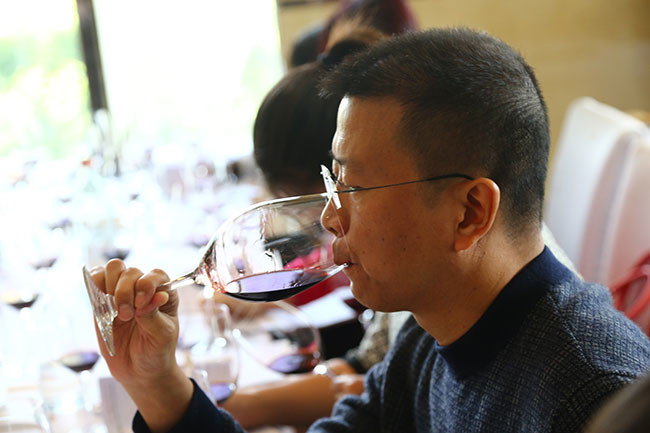DecanterChina.com new columnist Jennifer Docherty MW is the first ethnically Chinese Master of Wine. In her new bite-size column series she intend to simplify some of the complexities surrounding wine to help readers understand and select a wider range of wines for their drinking pleasure.

Columnist Introduction
Jennifer Docherty is the first ethnically Chinese and Mandarin speaking Master of Wine. She grew up in a traditional Chinese household despite being born in Vancouver, Canada. Docherty was a fashion designer in New York before making her way to London. Her love of gastronomy led her to pursue part-time WSET wine courses, which inspired her to change careers from fashion to wine, where she eventually achieved the Master of Wine in 2015. In her varied career, Docherty has worked in education, sales and fine wine buying. She also judges in wine competitions including Decanter World Wine Awards (DWWA). As a French speaker, she is currently working with Liberty Wines as the buyer for France, in addition to many other countries. She delights in sharing her passion about wines and what she has learned to a willing audience, especially if it helps to enhance their appreciation of wine. Scan to follow the MW on WeChat (ID: jdochertyMW)↑↑↑
Wine basics from the Chinese MW
Tasting wine: A buyer’s approach
I begin with tasting because it is an important skill that is required at all stages of the wine industry (production, distribution, sales and education). For wine enthusiasts, tasting skills can help with wine selection that may lead to even greater enjoyment.
Here a few key tips:
Etiquette
Before dedicated tastings, in consideration of others and for professionalism, avoid wearing scented products. Working as a buyer, I may be required to taste at any time, so I gave up wearing perfume altogether.
Glass
You will need a sturdy and consistently shaped tasting glass that allows room to swirl generously; most of the UK trade tastings use Riedel’s Riesling/Chianti glass.
Appearance
I do not spend a lot of time on wine appearance because quality cannot be solely determined by appearance. Appearance is more relevant to rosés, wines with age, to determine wine faults and when blind tasting.

Nose
The nose of a wine is personally my favourite part of ‘tasting’. The first sniff after looking and swirling determines whether I will actually taste the wine. Often, when faced with tasting over a hundred wines, wines are eliminated because the nose is faulty. I look for wines that are clean and expressive of their variety or style.
Palate
Finally, I take a sip and pull in air through my lips to aerate the wine in my mouth before spitting it out. The palate allows me to assess balance, whether the acid, sweetness (if there is sweetness), tannins (for reds) and alcohol level are in harmony with each other. I also pay attention to concentration, intensity and length of flavours to determine if the wine’s quality is deserving of its price. It is not easy for me to find a wine that fits all of these requirements and even harder to find one that I believe will do well commercially.
Hopefully these fundamental elements will help you hone your skills and enable you to select wines in a systematic way that best suits your preferences and the drinking occasion.
Translated by Sylvia Wu / 吴嘉溦
All rights reserved by Future plc. No part of this publication may be reproduced, distributed or transmitted in any form or by any means without the prior written permission of Decanter.
Only Official Media Partners (see About us) of DecanterChina.com may republish part of the content from the site without prior permission under strict Terms & Conditions. Contact china@decanter.com to learn about how to become an Official Media Partner of DecanterChina.com.









Comments
Submit